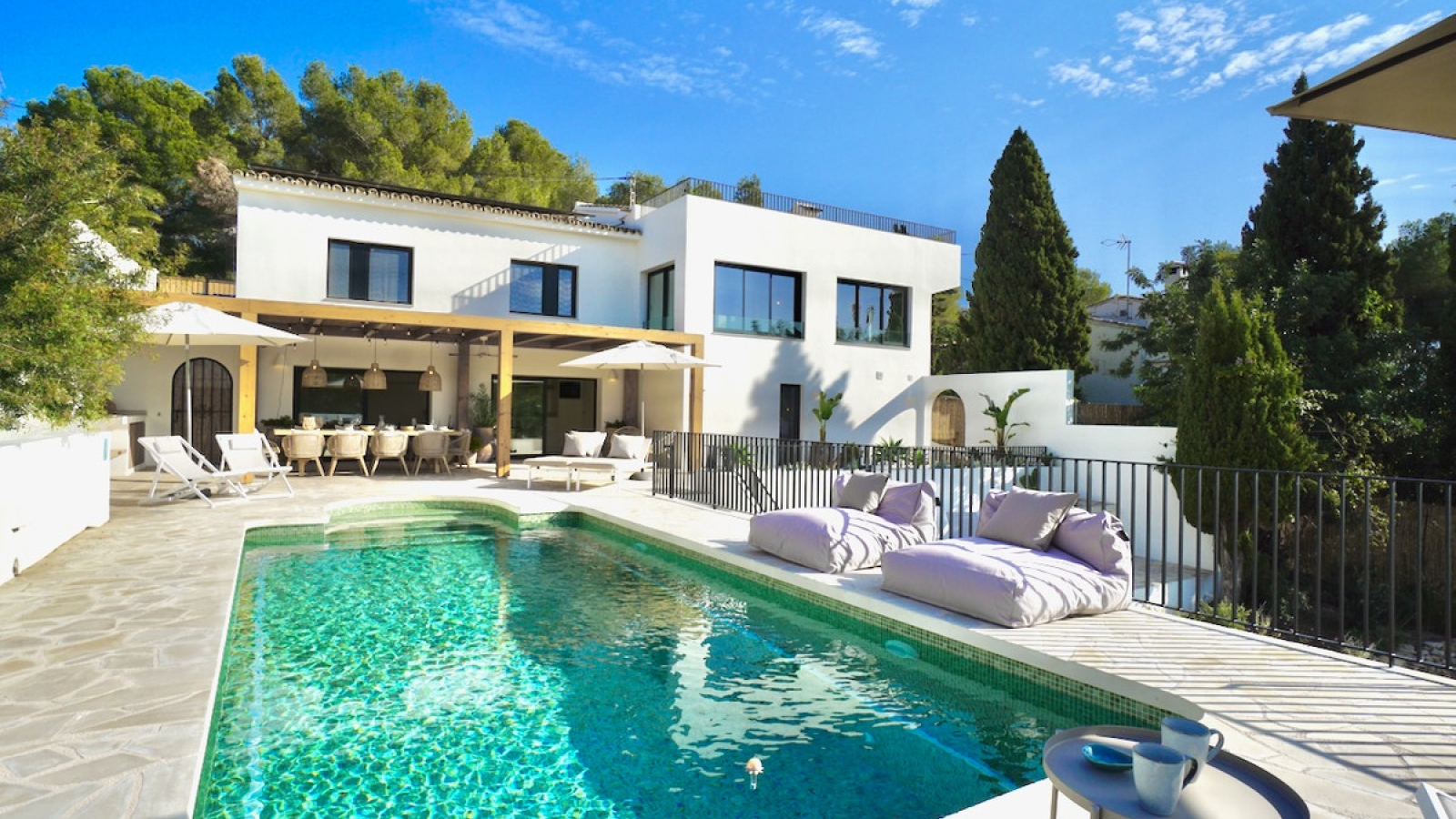The price of existing housing grows 14% annually in June
By juli 7, 2025 3 min read
The price of existing housing in Spain registered a 14% year-over-year increase during the second quarter of the year. This increase leaves the square meter at €2,438, according to the latest price index. Based on quarterly variation, prices have increased by 5.5% in the last three months. With this price, Spain has reached a new all-time high.
The existing housing market is unable to meet the enormous and ever-increasing demand. Sales are skyrocketing, and supply is stagnant, so homes entering the market find buyers in hours and at unprecedented prices. After years of a lack of strategic vision on the part of the administrations, it is essential to reach agreements that accelerate the process to provide the market with the volume of housing it needs.
Madrid once again leads the price increase, after rising by 25%.
All Spanish capitals have increased their prices in the last 12 months, except for Girona, where they fell by 5.5%, and Ourense (-0.3%). Madrid leads the price increase, after rising by 25% in the last year, followed by Valencia with 20.1%. Next in line are Santander (19.1%), Oviedo (18.4%), Palma (18.4%), and Guadalajara (17.2%). Among the major markets, prices also rose in Alicante (16.4%), Malaga (14.7%), Seville (14.5%), San Sebastian (11.2%), Barcelona (11.1%), and Bilbao (10.4%).
While the only price reductions were seen in Girona and Ourense, the smallest increases were in Tarragona (3.3%), Badajoz (3.9%), and Ceuta (4.8%).
San Sebastian is the most expensive Spanish capital (€6,071/m2), followed by Madrid (€5,642/m2), Barcelona (€4,920/m2), Palma (€4,907/m2), and Bilbao (€3,646/m2). At the other end of the table is Zamora, the cheapest capital, with a price of €1,238/m2.
Fourteen of the 51 provincial capitals analyzed recorded record high prices this June, including all major Spanish markets.
The Balearic Islands remain the most expensive autonomous region (€4,996/m2).
Prices have increased in all autonomous communities over the last 12 months, except in Extremadura, where they fell by 0.6%, and Navarre, with a 0.1% drop. The largest increase was recorded in Madrid, where homeowner expectations increased by 24.7%. Also posting double-digit increases were Murcia (20.5%), the Valencian Community (18.5%), the Canary Islands (18.4%), Andalusia (15%), the Balearic Islands (14.1%), Cantabria (14%), Asturias (12.7%), and the Basque Country (10.6%). In Catalonia, the increase was 6%. Castile and León recorded the lowest increase, with a year-over-year increase of 2.8%, followed by Galicia (2.9%), La Rioja (3%), Castile-La Mancha (3.1%), and Aragon (3.9%).
The Balearic Islands remain the most expensive region, at €4,996/m2, the highest price since idealista began recording. Madrid is next (€4,289/m2), also recording its all-time high. In third place is the Basque Country (€3,227/m2), followed by the Canary Islands (€3,068/m2). At the other end of the table are Castile-La Mancha (€971/m2), Extremadura (€985/m2), and Castile and León (€1,226/m2), the most affordable regions.
Nine provinces reach record housing prices
As with the capital cities, almost all provinces have seen price increases in the last 12 months. The largest increase was in Madrid, with 24.7%, followed by Murcia (20.5%) and Santa Cruz de Tenerife (19.8%). Valencia (18.2%), Alicante (16.7%), Málaga (15%), Las Palmas (14.8%), the Balearic Islands (14.1%), Cantabria (14%), Asturias (12.7%), Cádiz (12.3%), Castellón (11.2%), Vizcaya (10.8%), and Granada (10.3%) also saw increases above 10%.
The ranking of the most expensive provinces is led by the Balearic Islands, with €4,996/m2, followed by Madrid (€4,289/m2). These are followed by Guipúzcoa (€3,900/m2), Málaga (€3,775/m2), Santa Cruz de Tenerife (€3,260/m2), Vizcaya (€3,109/m2), and Barcelona (€2,946/m2). Ciudad Real is the cheapest province (€740/m2), followed by Jaén (€837/m2) and Cuenca (€854/m2).